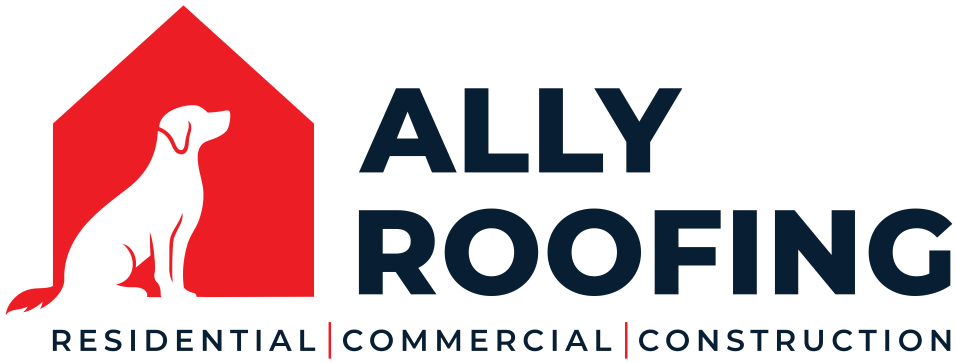There are many forms of water damage. These damages can not only be an issue for your property but to your health as well. The first step you’ll want to take is to determine the water problem itself. The Institute of Inspection Cleaning and Restoration Certification (IICRC) claims that there are three types of water damage. It is categorized by source, length of time in the structure, history of the structure, and other impactful factors like chemicals.
Categories of Common Water Damage
Category 1
This type includes burst water pipes, leaking appliances, and small amounts of rainwater. Category 1 water is clean at the source and if consumed, does not pose a health hazard. It also requires much less equipment and time to remedy.
Though not necessarily hazardous, if a category 1 is not dealt with it quickly, it can turn into a category 2 within 24 hours.
Category 2
Gray water is characterized by containing a small amount of contamination or Category 1 water that has been neglected. This type is moderately dangerous and if exposed, could cause some sickness or discomfort for people or animals.
The most common water damage of this type is washing machine or dishwasher discharge, overflowing toilet containing urine, hydrostatic pressure seepage, broken aquariums, and punctured water beds. These instances of water damage may contain chemicals, bio-contaminants, and other forms of contamination that are hazardous to human health. Will become a Category 3 within 48 hours if left untreated.
Category 3
The most dangerous type of common water damage is black water. Black water is highly contaminated, contains pathogens, and can cause serious illness or even death in extreme conditions. If your property is in a flood zone and your home becomes flooded, it is automatically a Category 3. Those with weak immune systems, individuals suffering respiratory illness, allergies, or young children should avoid exposure to the structure.
Sewage, ground surface water intrusion, toilet backflow, and flooding rivers or streams are a few examples of category 3 sources. Negative health effects from black water are vast and include bacterial infections from E. coli, salmonella, and shigella, soil organisms, viruses, and even parasites. Black water is a very serious matter and should be dealt with immediately.
Classes of Common Water Damage
Aside from categories, there are also 4 classes of common water damage according to the IICRC. These classes are divided based on the rate of evaporation required.
Class 1
There is little or no wet carpet or cushion. Water loss has been limited to only a partial area of the room. The materials affected are of low porosity.
Class 2
The entire room has been affected. Water has wicked up the walls at least 1-2 feet. Moisture remains in the structure of the building.
Class 3
The slowest evaporation rate and water may have come from above. Ceilings, walls, carpet, cushion, and sub-floor is all saturated and will require plenty of time to dry. It’s common for basements to be Class 3 if the water came from the first floor.
Class 4
Class 4 comprises wet materials with low porosity or permeation such as hardwood, concrete, stone, brick, or plaster. Water has formed deep pockets of saturation and will require special equipment that creates an environment of very low humidity.
It always pays to be well prepared for whatever the future brings. This is also why you should have a restoration company you know and trust. Mission Restorations has experts in fire, water, and mold restoration. If ever in need of services, don’t hesitate to call the best damage restoration team in Charlotte and its surrounding areas at 704-727-2000.



